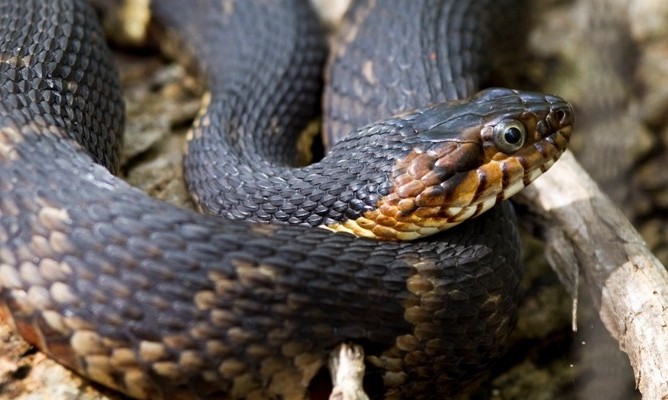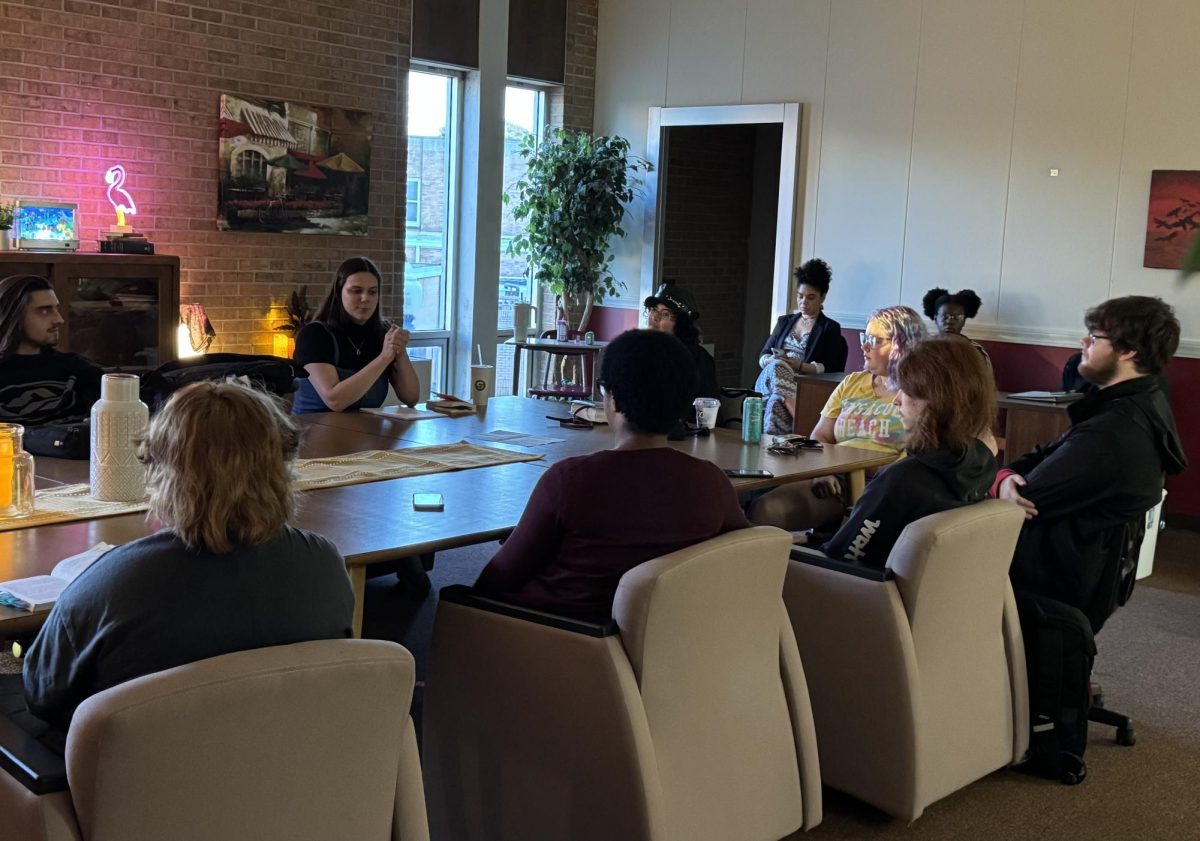National Wildlife Refuge becomes Monroe’s paradise
Monroe has a place that’s been almost invisible to humans, but animals think it’s their best-kept secret – a real paradise. Coyotes, deer, alligators, rattle snakes and turtles (just to name a few) live in the 4,500 acres of the Black Bayou Lake National Wildlife Refuge. As more animals are beginning to discover this refuge, so are the people.
Since being established in 1997, Black Bayou’s popularity has increased and serves as a learning tool for ULM students. The founders of the refuge gave Mother Nature a place to attract all of her children to one location, and it worked. About seven miles north of ULM, located off of US-165 N, sits the Black Bayou Lake National Wildlife Refuge.
“It’s pretty amazing to look back at how far we’ve come. In 15 years, we’ve gone from just about nothing to a real show place for the community,” said Ann Smith, co-founder of the Friends of Black Bayou Organization. “We are all proud of what has happened out there and how much the community has been supporting.”
Smith said Black Bayou is primarily a refuge for native wildlife and plants. But, she said it also is a refuge for people.
On her lunch breaks, Smith said she would often drive out to Black Bayou and eat and just relax. But, like Smith, a group of bald eagles found Black Bayou and uses it as a get away, finding a new nesting place.
Pete and Marsha Coates, volunteers for the facility, said recently a group of bald eagles have been staying at the refuge. Pete Coates said it’s a sign that the lake is doing well.
For the last five years, the couple has had their RV parked on the campsite volunteering and helping people enjoy their experience.
“Black Bayou seems like home, coming out here,” said Pete Coates, a retired Navy Seal. “We love it, and we love volunteering for it. It’s been a great thing for us.”
Both Pete and his wife Marsha volunteer in the visitor’s center, but they said Black Bayou isn’t like a park service.
“The park service is oriented toward people,” Pete Coates said. But, the wildlife service is geared to the animals and the wildlife, and Black Bayou is wildlife oriented, for sure.”
Because the refuge is nearby, ULM is able to benefit from the lake’s success. Biology professors use the waters to experiment in lab exercises.
Senior biology major Sarah Nix said it’s a good experience and not just to get out of class.
“Because it gives you experience in an environment that you would be working in for your career,” Nix said.
Chris Rice, a ULM biology graduate of 2009, said the refuge is unique because it’s so close to the city, “and you never really find a nice wildlife refuge next to a city.” Not all students are fortunate to be able to do research at a place like this. Nix said there are some who often spend money to travel to as far as South America to conduct experiments.
The facility rents canoes to visitors who want to go deeper into the site, hunting areas and fishing areas. In 2005, the Conservation Learning Center was opened and hundreds of students visit weekly on school field trips.
“When I used to go on field trips, they would take and drop us off at the mall,” said Rice, a Nature Conservancy employee. “Now, these kids are getting affiliated with this place. They are growing up with it.”
Rice said he remembers coming with his biology professors to the refuge and said it’s a great study place.
“It’s a really cool facility.”
Senior biology major Clair Calhoun began going to Black Bayou in her ecology class with Dr. Hill. Now, she goes all the time with her family friends, and she said her favorite things to look for are snakes and salamanders.
“I enjoy it, and I like that the trails go all through the woods,” Calhoun said. “And it’s more connected to nature than Kiroli Park.”
The trails can reach up to seven or eight miles long and are one of the top attractions the facility has to offer. The Coates’ and Calhoun all enjoy the trails, but Smith likes the water.
“My favorite thing to do right now is to kayak. It’s a wonderful place to kayak.”
So, because Black Bayou Lake National Wildlife Refuge attracts so many species, even if you come by yourself, you won’t be alone. But don’t worry, you are safe and sound in this paradise part of town. And, look out for upgrades around the facility, Smith said the refuge acquired a nearby pond and reconditioned it, installing wells to control the water level.
“It’s a demonstration project to see what happens with birds and plants at different water levels,” Smith said. “It’s a nice addition for people who like bird watching and for biology students to study.”










